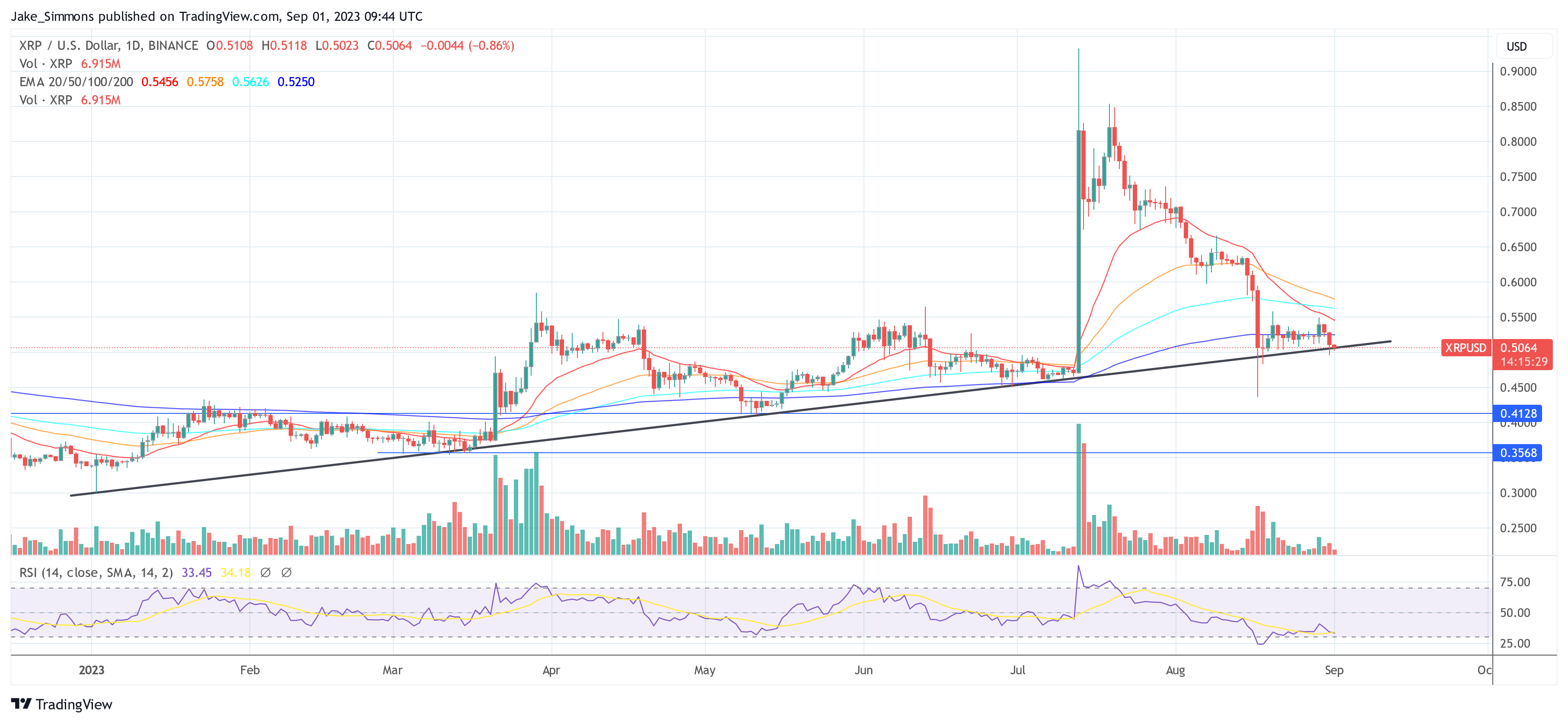In a bid to bolster trust and safety, Ripple’s developer arm, RippleX, has proposed a significant amendment to the XRP Ledger (XRPL). The feature, aptly named “Clawback,” is designed to provide issuers with enhanced control over their distributed assets, addressing both regulatory requirements and unforeseen challenges.
Understanding The Clawback Feature By Ripple
Shawn Xie, representing RippleX Developers, unveiled the core essence of the Clawback feature in a recent blog post. “At its core, the Clawback feature offers a solution for issuers seeking enhanced trust and safety while maintaining control over their issued assets,” Xie elucidated.
This feature, encapsulated in the amendment known as XLS-39, introduces the lsfAllowTrustlineClawback flag. When activated, this flag grants issuers the capability to modify a trustline object, thereby enabling them to ‘claw back’ funds from an associated account.
Remarkably, the digital asset landscape is not without its challenges. From lost account access to malicious activities, issuers often find themselves in situations demanding swift corrective actions. The Clawback feature addresses these concerns head-on. “The Clawback feature grants issuers the ability to reclaim their issued assets from token holders when faced with challenges that jeopardize safety and integrity,” Xie emphasized.
For instance, consider a scenario where a token holder loses access to their account. With Clawback, issuers can reassign tokens to an alternate wallet, ensuring asset protection and minimizing potential losses. Moreover, in the face of fraudulent activities, issuers can act decisively, reclaiming funds and upholding the integrity of the system.
Technical Nuances And Regulatory Implications
Diving deeper into the technicalities, details from GitHub reveal that the proposal, tagged as 0039 XLS-39d: Clawback #94, is exclusively tailored for issued assets, ensuring XRP remains untouched by the Clawback mechanism. The proposal introduces a new transaction type, the Clawback transaction, which modifies a trustline object, adjusting balances and, if necessary, altering relevant flags.
The xrpl.org website sheds light on the regulatory motivations behind the Clawback feature. It underscores the necessity for some issuers to recover tokens post-distribution for regulatory compliance. For example, if tokens inadvertently land in accounts associated with illicit activities, issuers could utilize the Clawback feature to recover the funds.
While the Clawback feature is a potent tool, it’s designed with checks and balances. It’s an optional feature, intentionally disabled by default, ensuring that XRP remains unaffected. “By understanding that their assets won’t be clawed back arbitrarily, holders can engage in transactions with peace of mind,” Xie highlighted.
Furthermore, the Clawback feature is more than just a reactive solution. It’s a strategic component of a broader trust and safety framework within the XRP Ledger ecosystem, aligning with global standards and expectations.
All in all, Ripple’s introduction of the Clawback feature underscores its commitment to innovation, safety, and regulatory alignment. RippleX invites the developer community to delve into the documentation, engage with the code, and contribute feedback.
The next step is for the amendment to go through the consensus process, where validators vote on the changes. If an amendment receives more than 80% support for two weeks, it is accepted and applies permanently to all subsequent ledger versions.
At press time, XRP traded at $0.5064.

Source: https://bitcoinist.com/ripple-clawback-amendment-xrp-ledger-regulators/
